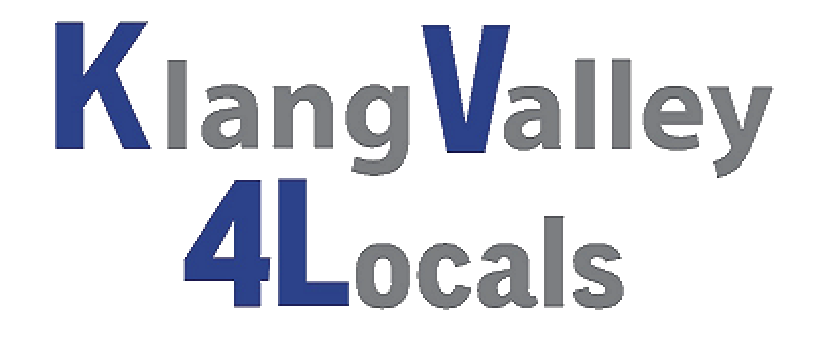About Klang Valley
Klang Valley is an urban melange in Malaysia, based in Kuala Lumpur, and encompasses its neighbouring cities and towns in the state of Selangor. It is bound to Greater Kuala Lumpur, although there are differences between the two.
The Klang Valley is physically delineated by the Titiwangsa Mountains to the north and the east and the Straits of Malacca to the west. It stretches to Rawang in the northwest, to Semenyih in the southeast, and to Klang and Port Klang in the southwest. The conurbation is the centre of Malaysia's industry and trade.
The valley is named after the Klang River, the main river that passes through it, which begins at the Klang Gates Quartz Ridge in Gombak and passes into the Malacca Straits in Port Klang. The river is closely related to the early development of the region as a network of tin mining towns at the end of the 19th century. The growth of the region took place mainly in the East-West direction (between Gombak and Port Klang) but the urban areas surrounding Kuala Lumpur have since expanded north and south towards the Perak and Negeri Sembilan borders.
Klang Valley is the densest region within Peninsular Malaysia. With close to 8 million people, it is an urban agglomeration. Although the Klang Valley technically comprises of different cities and suburbs, integration between these cities is very high, with a highly developed road network and an enhanced integrated rail transit system. Many expressways cross the metropolis, making cars the most convenient way to get around.
However, this has contributed to the Klang Valley's infamous traffic jams, which stretch several kilometres of highways and make driving exhausting during peak hours. To curb this, the government has implemented The Klang Valley integrated system which comprises of the KTM, LRT and MRT and monorail. The system is currently being upgraded to include a new MRT line and LRT line as well as a monorail serving Putrajaya.
Getting Around KL
Train
The Klang Valley Integrated Transit System currently consists of three light rapid transit (LRT) lines, two commuter rail lines, one monorail line, one bus rapid transit line, and three airport rail links. The LRT lines connect the city centre with major suburbs around the city. The monorails serve various locations in the city centre. Several interchanging stations integrate these rail services.
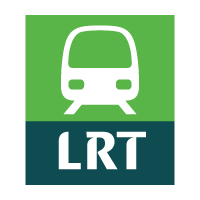
E-hailing service
E-hailing has become one of the most popular modes of transport modes in Malaysia by locals and foreigners alike due to its high reliability and access due to its user-friendly mobile app. One of the best reasons to use E-hailing service are transparent and fixed fares made clear even before a booking is made. Passengers are also covered with accident insurance the moment they enter a car provided through the E-hailing service provider. Fare: RM65 (including toll fares) Duration: 1-2 hours (depending on traffic and destination)
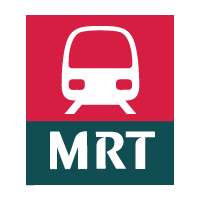
Bus
Travelling by bus within the Klang Valley isn’t different from travelling in KL. Busses in the Klang Valley are operated by a variety of transport operators and have many uses. There are nine-stage bus operators in the Klang Valley, including Kuala Lumpur, which run approximately 3,200 stage buses together.
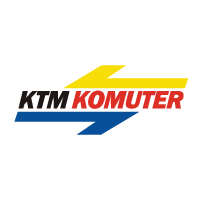
Expressways
Klang Valley has a wide chain of well-connected expressways. Most expressways in Kuala Lumpur adopt an open toll collection system. NKVE is the only closed toll system in Klang Valley. Payment options include stored value card Touch 'n Go or the electronic toll collection systems Smart TAG.
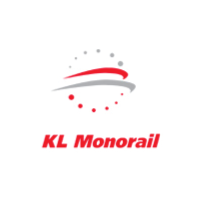
Travel Tips
Weather
The climate in KL is quite humid all year-round. Anyone travelling to KL must always be ready for rains at any time of the year. Regardless, the best time to visit KL is from May-July or December-February.
The weather can be pretty hot between March - April. Due to the forest fires from Sumatera which typically happens between June - August, the dust particles may cast a haze over KL thus making it not an ideal time to visit the city.
Resource Link: https://www.ventusky.com/

Time Zone
Standard Malaysian time is 8 hours ahead of GMT (GMT +8).Standard Malaysian time is 8 hours ahead of GMT (GMT +8).
Resource Link: https://www.timeanddate.com/

Currency
Malaysia’s currency unit is divided into two. The term Ringgit Malaysia (RM) is used to refer to paper money. The denominations are RM1, RM5, RM10, RM 20, RM 50 and RM100. Whereas the coins are referred to as sen (cents). The denominations are 5 sen, 10 sen, 20 sen and 50 sen.
Samples of Ringgit Malaysia Notes:
1. Current Version of Notes and Coins
https://www.bnm.gov.my/ (Sample of Notes)
https://www.bnm.gov.my/ (Sample of Coins)
2. Old Version of Notes and Coins
https://www.bnm.gov.my/
Resource Link: https://www.xe.com/
Resource Link: https://www.bnm.gov.my/

Exchanging Money
Exchanging money in Malaysia is relatively easy as you can find money changers easily. If you want to withdraw money, make sure your home bank ATM card is supported by banks in Malaysia. Also, bear in mind that your home bank can charge an overseas withdrawal fee. You may also realise that the Malaysian ATM adds its own fee. Ask your home bank before you leave what charges will be added-and check the ATM notices to understand any extra charges. Most places in Kuala Lumpur accept debit/credit cards, just be sure to notify your home bank about your trip to avoid your transactions to be barred and your card getting blocked.
Resource Link: https://mtradeasia.com/

Visa and Passport
Passports must be valid for at least 6 months at the time of entry. Visa requirements vary from time to time, so it is best to check with the Malaysian embassy or consulate or the Immigration Department website.
Resource Link: https://www.imi.gov.my/
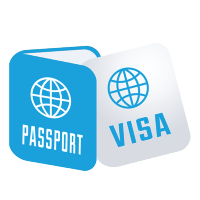
Hotel
Be sure to have your hotel bookings printed. Booking a hotel in Kuala Lumpur is easy, but if you are travelling during peak periods, you may want to book in advance to avoid disappointments. When booking a stay, be sure to check how far it is from the places you want to visit. Check if your hotel provides free Wi-Fi. Most hotels provide free Wi-Fi for their guests. But in case they don’t, you will need to purchase a prepaid phone line with a data plan. There’s a myriad of budget to 5-star hotels to choose from in Kuala Lumpur.

Internet
If you do not plan to switch on your roaming while you are travelling to Kuala Lumpur, fret not as most hotels give you access to their Wi-Fi. Whilst most cafés in Kuala Lumpur provide free Wi-Fi with the purchase of a drink or food. There are also many free Wi-Fi hotspot areas in Kuala Lumpur so make sure to check out the area for free Wi-Fi. It is also advisable to buy a prepaid SIM card with a data plan to make things easier when you are on the go.

Clothing
The heat and humidity in Kuala Lumpur can be intense. Therefore, be sure to pack light and breathable clothes that will help you stay cool and avoid heatstroke. Cotton is a good choice, as it is designed to absorb moisture. If your hotel comes with a swimming pool or you are planning to head to the beach, don’t forget to pack your swimsuit.

Comfortable Footwear
Since you will be doing a LOT of walking so you should consider wearing sensible shoes that are very comfortable. We recommend packing a pair of sneakers as well as flats and sandals.
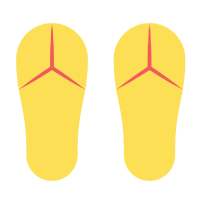
Sunscreen
Make sure to pack in your sunscreen, especially if you don’t want to be sunburnt. The sun can be scorching hot at times.
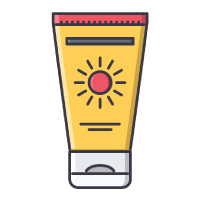
Raingear
Since the rain can be pretty unpredictable in Kuala Lumpur, don’t forget to pack your raincoat or a travel-sized umbrella. You don’t want to be soaked to your skin if it rains suddenly.
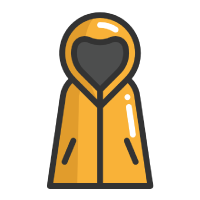
Medicine
DO NOT forget to pack your prescription tablets and any other medicines that you think you might need in case you fall sick.

Prepaid Sim Card
Malaysia mobile phones use the GSM network, if your phone has a roaming facility, it will automatically hook-up to a local network. Otherwise, prepaid sim cards can be purchased starting at RM20 for registration and talk time. The three main phone providers in Malaysia are Maxis, Celcom and DiGi. Buying prepaid sim cards is easy since you can find kiosks selling prepaid sim cards almost everywhere.
Three Main Phone Providers:
1. Maxis / Hotlink
2. Celcom
3. Digi
Other Phone Providers:
1. U Mobile
2. Tune Talk
3. Unifi
4. Yes
5. redONE
6. MCalls
7. Yoodo
8. XOX
Dialing Prefixes
Each city has its unique area code for landlines. 03 is Kuala Lumpur’s area code followed by the eight-digit number when you call from your mobile phone. Example: 03-12345678 Whereas, every call to a mobile phone requires a three-digit prefix (Maxis = 012, Celcom = 019, DiGi = 016), followed by the seven-digit or eight-digit subscriber number. Example: 012-123 4567
Resource Link: https://www.imi.gov.my/
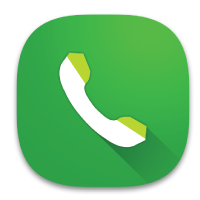
Emergency Number
Police/Ambulance: 999 (112 from a mobile phone) Fire and Rescue Department (Bomba): 994 (112 from a mobile phone) Civil Defence Tel: 991 Tourist Police Hotline Tel: 03-2149 6590
Resource Link: https://www.mm2h.com/

